I got the exciting opportunity to attend GDC 2019 on behalf of the VGFAQ YouTube channel, and my personal favorite lecture at the convention was by James Murff and Adam Savidan, where they discussed the various ways World Wrestling Entertainment (WWE) maximizes their audience’s investment in the sport. They discussed how the WWE content producers are masters at finding ways to create “storylines” for the audience to follow through selective emphasis on data. They further note that esports needs to recognize when similar opportunities present themselves within its sphere.
I highly recommend visiting the GDC Vault if you’d like to see the full lecture (and many more), but I thought I’d highlight their primary points. There are several types of common storylines proven to create audience investment:
Storyline 1: Outliers and achievement
People love outliers, individuals who differentiate themselves from everyone else in a given sphere. As Murff puts it, “Behind every outlier is a genuine human story.” Their rise to fame may be hard work, maybe luck, but in some way there’s something interesting there for audiences to invest themselves in.
His chosen example for an outlier in esports is Geguri, the first female player in the Overwatch League. Even before breaking that historical milestone, Geguri was making waves as the world’s greatest Zarya player. She was so good she became embroiled in a controversy where two players bet their careers that she was cheating… and she proved she wasn’t.
Storyline 2: The hero and the villain
(The remaining examples come from Adam Savidan’s half of the lecture.) This storyline is less like the above example and more refers to in-game experiences where one team sets themselves up as the bad guy. Wrestling is very familiar with the concept of heels, wrestlers who specialize in getting the audience to hate them. By doing so, they elevate the “good guy” facing them and give the audience a clear outcome to root for.
Wrestling: Daniel Bryan vs. Triple H
Wrestlemania XXX gave us a clear example used in a wrestling setting. Daniel Bryan previously won the WWE Championship, but before he could secure his title he gets ambushed. The perpetrator, Triple-H, states that he did so because Bryan was a “B+ player.” He didn’t think Bryan had what it takes to be a franchise player. Throughout the rest of the season leading up to Wrestlemania, TripleH repeatedly interfered in Bryan’s goals. The audiences were entirely on Bryan’s side when he finally defeated Triple H to qualify and win his title.
Esports: FChamp vs. KBR
The best “Hero vs Villain” stories need a longstanding history of rivalry, and one of the most infamous rivalries in esports was Filipino Champ vs. KaneBlueRiver in the Marvel Vs. Capcom community. FChamp had a storied history of playing the villainous role, bolstered by his remarkable successes in the tournament circuit and addicted to the energy it brought out of the crowd. And when mild-mannered KaneBlueRiver exploded onto the scene with an incredible victory in EVO 2015, FChamp targeted him with a length social media hazing, questioning his skill and demanding a showmatch at the upcoming Winterbrawl X.
The showmatch happened…and FChamp stomped KBR so badly he was showboating by the end. When the two met in the actual tournament, FChamp beat him again, none-too-kindly sending him to the losers bracket. But KBR, stoic as always, quietly fought his way through the losers bracket and reached the Grand Finals, where he spectacularly defeated FChamp in an incredible turn of events.
Okay that was Godlike @KaneBlueriverCL u got my respect
— FChampRyan (@fchampryan) February 28, 2016
KBR was far too polite to foster this storyline on his own, so the main person responsible for this storyline was IFC Yipes, the commentator who casted the tournament. As a vocal proponent for KBR, Yipes made sure the audience remembered FChamp’s disrespect. This let the viewers come into the big showdown knowing the stakes.
Storyline 3: The art of betrayal
But while heroes and villains are archetypical roles sure to enrapture the audience, not every story starts out so clearcut. It’s even more tragically dramatic when the two characters start out as friends before one side backstabs the other in the name of fame.
Esports: Fly vs. Notail
For an example of this storyline in esports, look no further than the dramatic disintegration of Fly and N0tail’s friendship preceding the Dota 2 International 2018. They were the two founders of Optic Gaming, with 9 years and 1400 games’ experience playing together. This was more than any other pairing in the competitive scene! But that changed when Fly abruptly quit the team hours before they were scheduled to fly to the second-biggest tournament in Dota, forcing OG to ingloriously dropout. OG had to make some last-minute signings mere weeks before open qualifiers for the International.
But these risky signings spectacularly paid off. OG qualified, fought their way through Open Division and reached the upper bracket. And in the semi-finals, they fought Evil Geniuses, the team Fly was now captaining. The buzz was insane after OG won the grudge match and went onto win the whole International. They then returned in 2019 to become the first-ever back-to-back champions.
But what if it wasn’t a sympathetic player who gets backstabbed? What if it was…the audience?
Wrestling: Steve Austin vs. Vince McMahon
Stone Cold Steve Austin was the epitome of an anti-authority figure in WWE. He quickly established himself as a beloved anti-hero who routinely stood up to the establishment. While this made him popular, it earned him the rivalry of company chairman Vince McMahon. The audience loved him; he typified the dreams of anyone who’s wanted to publically defy their boss. And McMahon was no stranger to pulling nasty tricks; he appointed Steve Austin’s wife to be the manager for the wrestler he would be fighting at WrestlemaniaX7.
But then the unthinkable happened; Austin shook McMahon’s hand and the two worked together to make Austin the championship winner. Called “Austin’s deal with the devil” and “the handshake heard around the world“, this moment was a massive reversal that enraged audiences…just like the WWE wanted. After all, furious passion is still passion. This event galvanized the WWE to new heights that benefited everyone involved.
Storyline 4: The Land of Opportunity
Wrestling: Asuka and Shinsuke Nakamura
This last storyline is a bit different from the others. It highlights players who come from unique or unusual backgrounds to reach the upper annals of the sport. For the longest time, wrestling had an unfortunate tendency to paint foreigners as villains in any narratives, until Asuka and Shinsuke Nakamura came from out of nowhere to catch people’s hearts as two Japanese wrestlers with extremely strong styles and a track record in the ring to back it up. People fell in love with their new hero status since it was rare to see leading stars who couldn’t speak great English, but they became the most popular new stars of 2017 and paved the way for others to follow their footsteps.
Unfortunately, like many trailblazers they didn’t emerge with personal happy endings, but their catalyst for change will endure and their losses helped the audience relate to them on a level that even perma-heroes can never have.
Esports: Tokido
Fare more enduringly successful is Tokido, nicknamed “Murderface” for his visage while playing many different fighting games, notably Street Fighter V. After winning his first EVO at 17 while visiting the United States from Japan, he started adopting a North American style approach to showmanship, crafting an eccentric persona and a love for stirring drama. He was so popular in the fighting game community that he was the crowd favorite while competing in EVO 2017. This was despite his jaw-dropping run disrupting the first chance America ever had to win 1st place.
When you watch that linked clip, notice how the interviewer and announcers repeatedly mention his Japanese heritage. This provides meaning to his victory and encourages the audience to celebrate this moment as historical.
Conclusion
Years of practice have taught the WWE how to use every part of the broadcast to push the story forward. From statistics to player personalities, they’re masters of creating emotional connections to their content. And while esports are less scripted than modern wrestling, it shares a lot of common ground. Esports can be equally capable of using the same tools to craft eye-catching storylines that grab audience engagement.










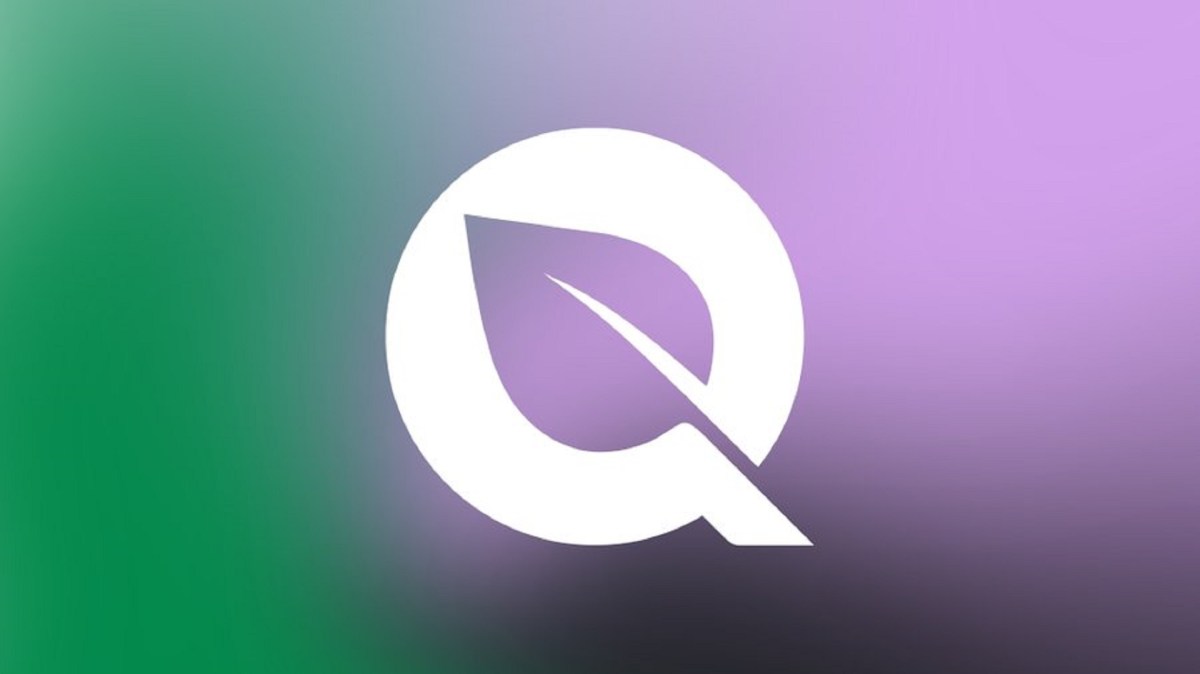


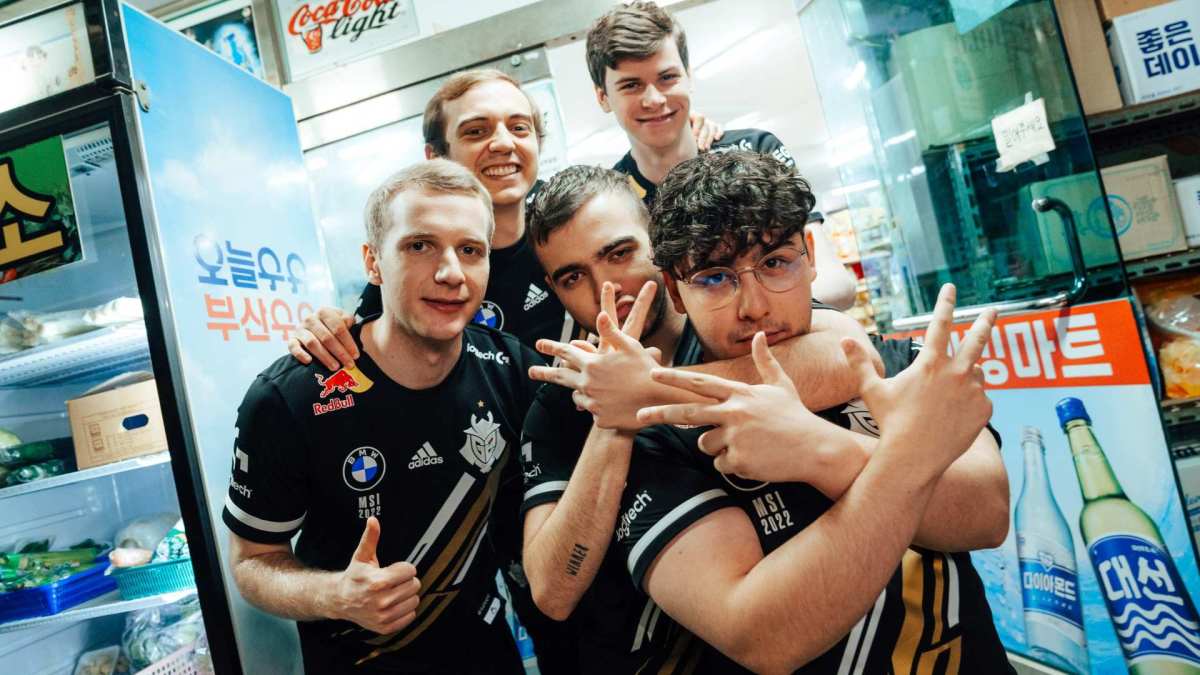


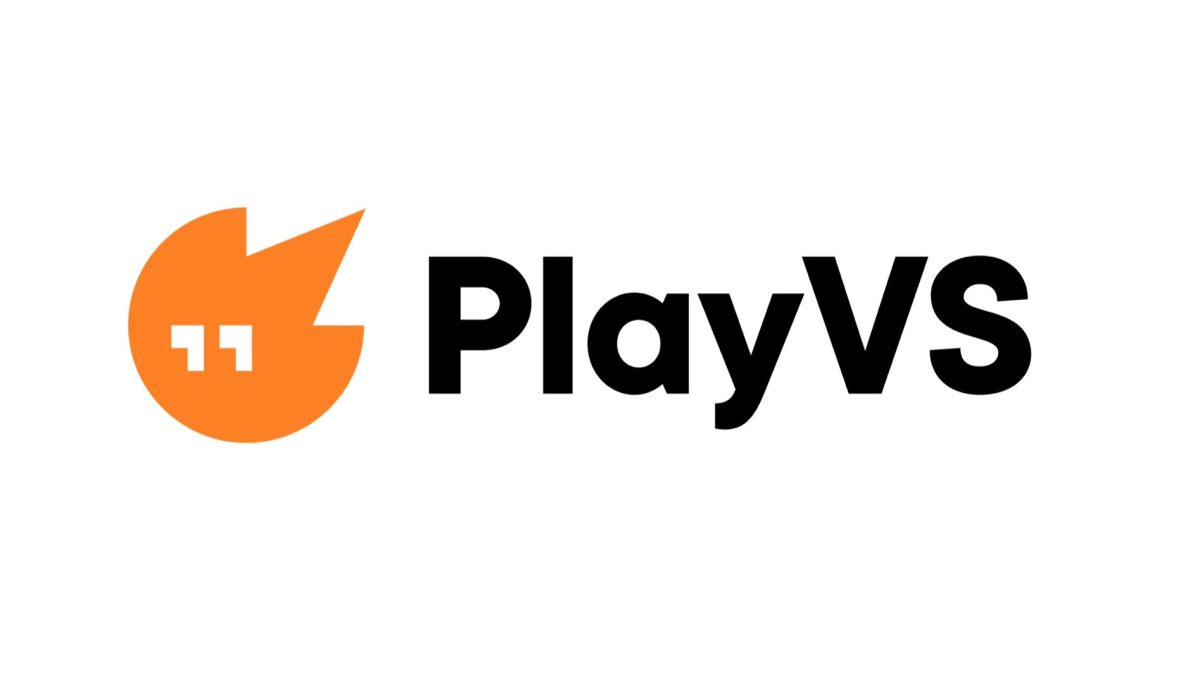


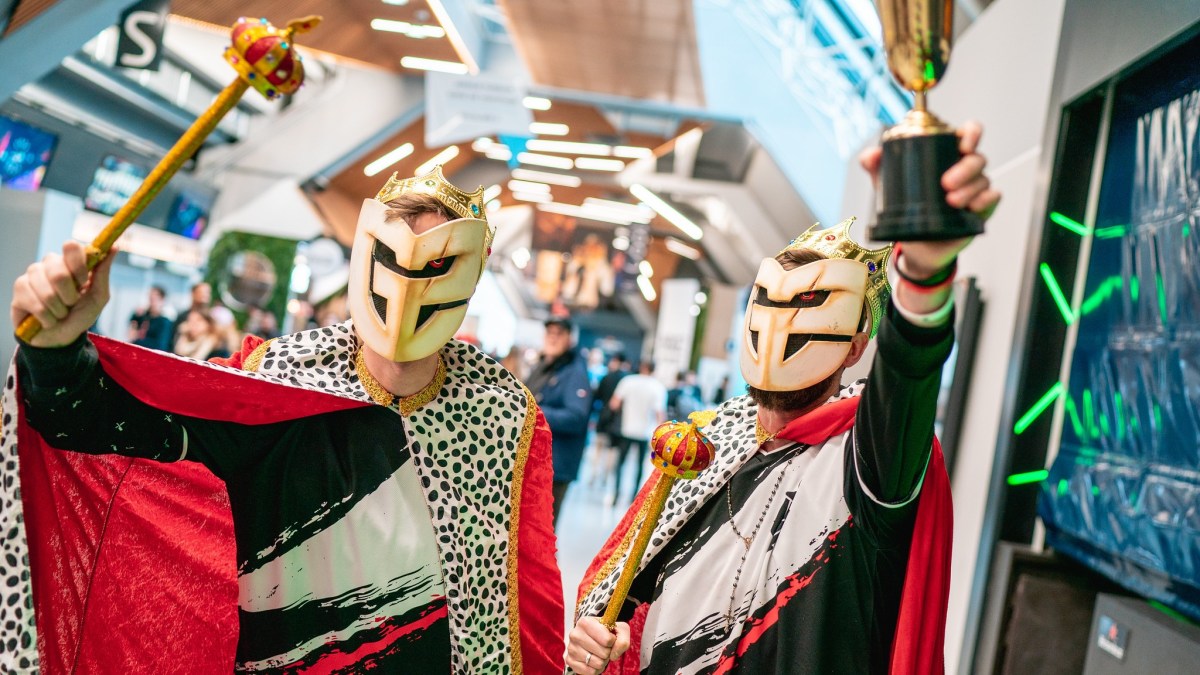
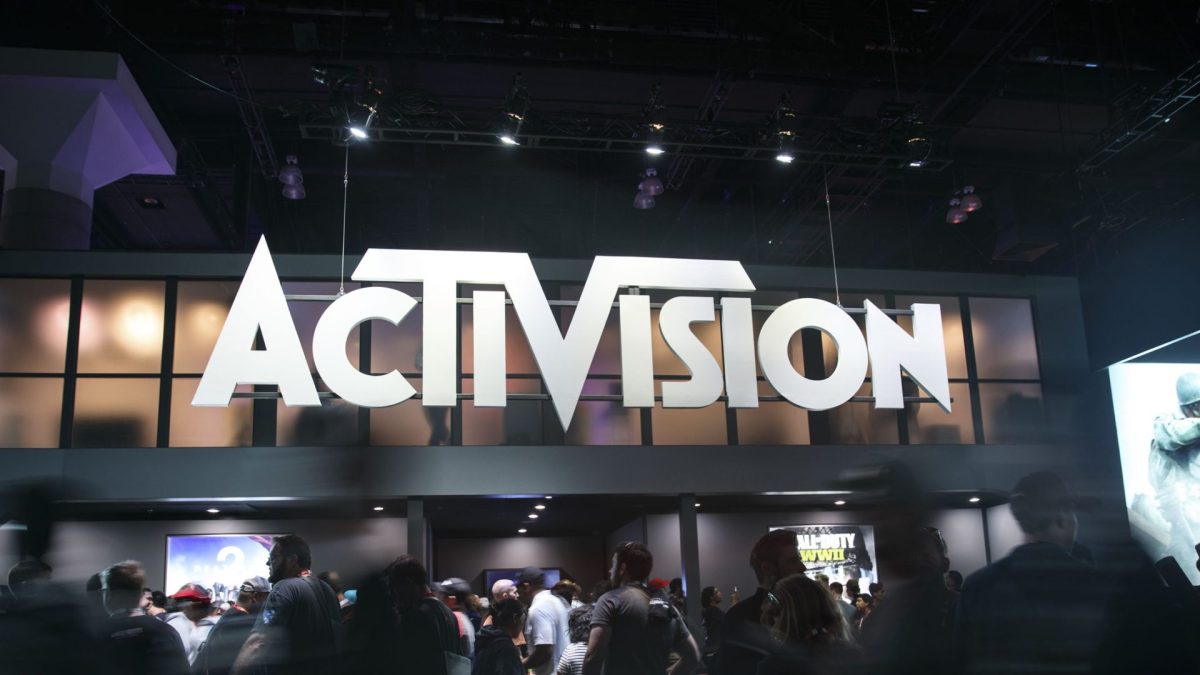
Published: Dec 24, 2019 02:55 am